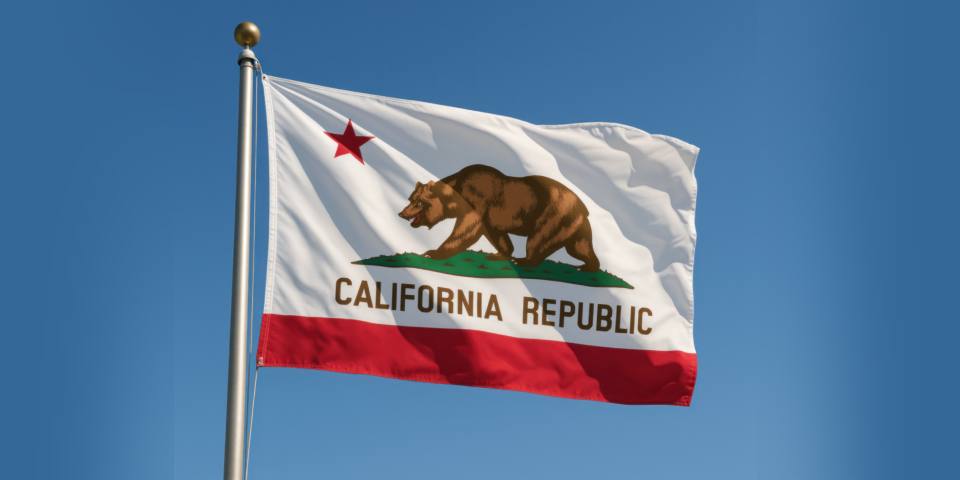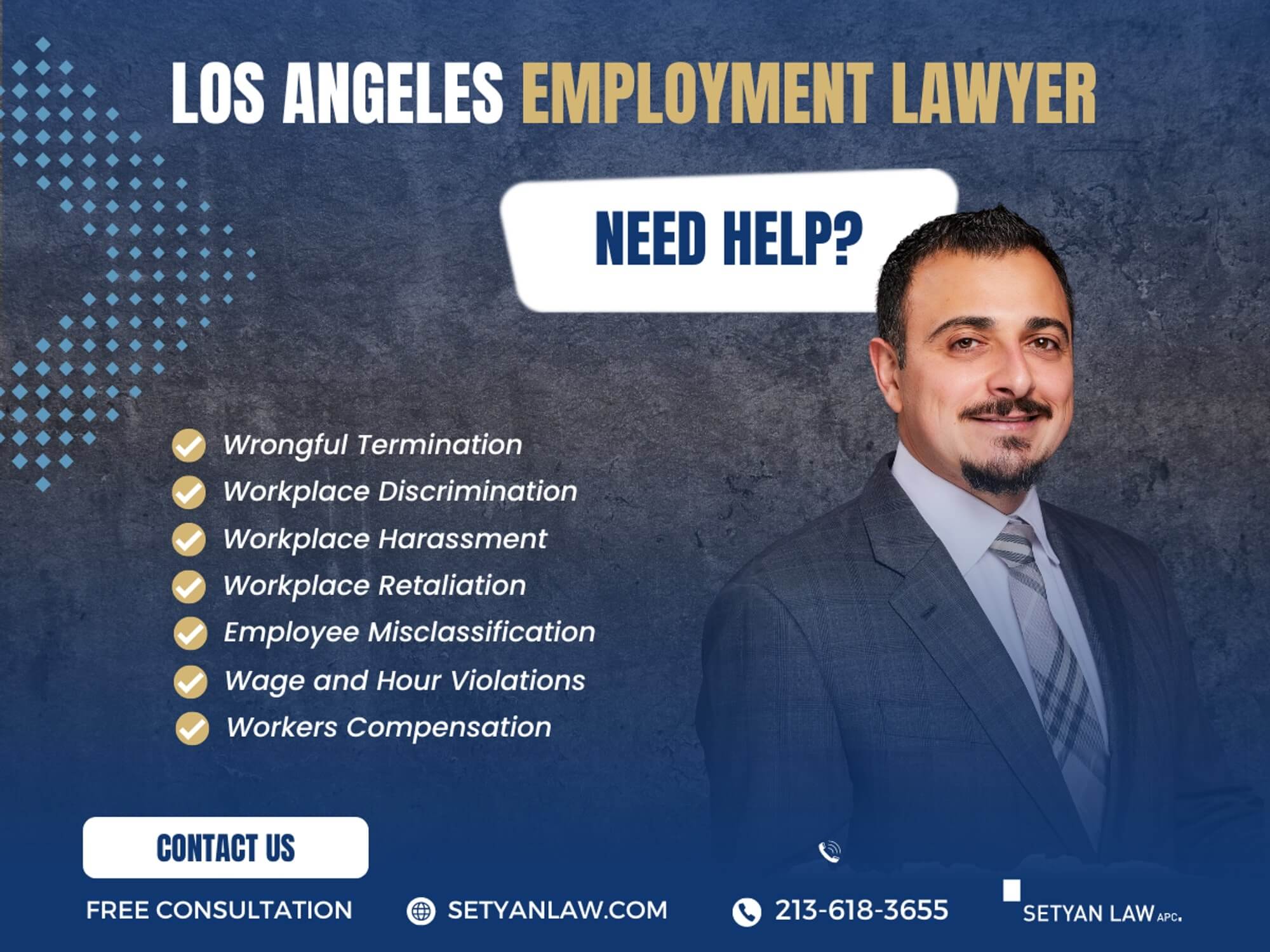Updated November 10, 2025
What is California SB 497?
California SB 497, formally known as the Equal Pay and Anti-Retaliation Protection Act, is a state law signed by Governor Gavin Newsom on October 8, 2023, that creates significant changes to California's employee protection framework [1]. The legislation amends California Labor Code Sections 98.6, 1102.5, and 1197.5 and took effect on January 1, 2024 [2].
The core function of SB 497 is to establish a rebuttable presumption of retaliation in favor of an employee's claim if an employer takes any adverse employment action against that employee within 90 days after the employee engages in legally protected activities [1]. This presumption fundamentally alters how retaliation claims are evaluated in California's legal system.
Under this legislation, adverse employment actions include termination, demotion, suspension, reduction in pay or hours, and threats of such actions [3]. Protected activities encompass filing workplace complaints, reporting wage violations, whistleblowing against unlawful practices, and participating in workplace investigations [2].
Prior to SB 497, employees faced a substantial burden when establishing prima facie cases of retaliation. They needed to demonstrate three elements: engagement in protected activity, adverse employer action, and a causal connection between these events [3]. The new law specifically addresses this third requirement by creating the 90-day presumption, effectively shifting the initial burden of proof to employers.
Additionally, SB 497 enhances penalties for retaliatory actions. The law establishes that employers are liable for civil penalties not exceeding $10,000 per employee for each violation, with these penalties being awarded directly to the affected employee [3]. When assessing these penalties, the Labor Commissioner must consider the nature and seriousness of the violation based on evidence obtained during investigations [4].
The legislation furthermore reinforces existing protections against retaliation for employees who discuss wages, disclose salary information, or otherwise attempt to enforce their rights under California's Equal Pay Act [1]. This aspect of the law aims to promote workplace transparency and equitable treatment.
For employers, SB 497 necessitates more rigorous documentation and justification of adverse employment actions, particularly those occurring within the 90-day window after an employee engages in protected activities [4]. Without legitimate, non-retaliatory reasons that can withstand scrutiny, employers face increased legal and financial risks under this strengthened anti-retaliation framework.
How retaliation claims worked before SB 497
Before the enactment of SB 497, retaliation claims in California operated under a three-step burden-shifting framework that placed significant evidentiary hurdles on employees. Historically, courts applied this analysis when evaluating allegations of retaliation for engaging in protected activities under the Labor Code [5].
Under this framework, the employee bore the initial burden of establishing a prima facie case of retaliation by demonstrating three essential elements:
- The employee engaged in protected activity (such as filing a complaint or reporting violations)
- The employer subjected the employee to an adverse employment action (termination, demotion, etc.)
- A causal connection or "nexus" existed between the protected activity and the adverse action [5][6]
Consequently, after the employee established this prima facie case, the burden shifted to the employer, who could rebut the presumption by identifying a legitimate, non-retaliatory reason for the adverse employment action [5]. The employer merely needed to articulate this reason, not prove it conclusively.
In the final step, the employee faced the challenge of proving that the employer's stated non-retaliatory reason was merely pretextual in nature [5][6]. This often required evidence that was difficult for employees to access, creating what some described as a "perverse incentive" for employers to stall investigations rather than cooperate [5].
Moreover, the Labor Commissioner frequently found itself unable to prosecute many retaliation claims because workers struggled to demonstrate the employer's retaliatory motivation [5]. Direct proof of motivation was rarely possible since motivation represents an internal state of mind, forcing employees to rely on circumstantial evidence [1].
Complaints for retaliation had to be filed within one year of the retaliatory act unless otherwise specified [3]. In cases where the employer was found liable, existing law provided for a civil penalty not exceeding $10,000 for each violation, though these penalties did not go directly to the whistleblower [4][5].
This system created substantial challenges for workers seeking to prove retaliation. Unlike the current structure under SB 497, employees previously carried the heaviest burden of proof throughout the process. They needed to establish both the initial prima facie case and, if the employer offered any plausible non-retaliatory reason, further demonstrate that this reason was false or pretextual [1].
The standard established in McDonnell Douglas Corp. v. Green, which applied to federal discrimination claims, influenced many California retaliation cases [1]. This test was generally considered more employer-friendly than the standard later established under Labor Code section 1102.6 [1].
What changed with the 90-day presumption rule
The 90-day presumption rule represents the cornerstone of SB 497's significant transformation of California's retaliation law framework. Effective January 1, 2024, this rule establishes a rebuttable presumption of retaliation whenever an adverse employment action occurs within 90 days after an employee engages in protected activity [5]. This innovative legal mechanism essentially reverses the traditional burden of proof in retaliation claims.
Under this new presumption, if an employer takes adverse action against an employee within the 90-day window following protected activity, courts and administrative bodies will automatically presume the action was retaliatory [7]. Protected activities include reporting workplace misconduct, discussing wages with coworkers, filing complaints about labor violations, or participating in workplace investigations [3].
Importantly, the presumption significantly simplifies the process for employees establishing a prima facie case of retaliation [8]. Instead of requiring employees to prove all three elements of retaliation (protected activity, adverse action, and causal connection), the causal connection is now automatically presumed if the adverse action falls within the 90-day timeframe [9].
This legal innovation effectively eliminates the traditional first step of the burden-shifting analysis [3]. The process now begins with the second step—requiring the employer to articulate a legitimate, non-retaliatory reason for the adverse action [10]. Once the presumption is triggered, employers must immediately provide substantive evidence demonstrating non-retaliatory motivation [7].
After an employer presents their defense, the burden shifts back to the employee, who must then submit evidence proving the employer's stated reason was nonetheless retaliatory [5]. If the employer fails to provide sufficient evidence of legitimate reasons, however, the employee prevails in their claim [7].
The law applies to adverse actions including termination, discipline, demotion, or threats thereof [7]. Accordingly, employers face heightened documentation requirements, as they must maintain comprehensive evidence substantiating that any adverse employment action occurring within the 90-day window genuinely had nothing to do with protected activity [9].
This presumption codifies the notion that suspicious timing of an adverse action following protected activity is legally significant [3]. By creating this 90-day window, the legislation substantially lowers the threshold for plaintiffs while simultaneously increasing the evidentiary and documentation burdens for employers [11].
Civil penalties may additionally be awarded directly to employees who successfully prove retaliation, adding a financial deterrent against employer retaliation [7]. The presumption thereby strengthens employee protections while requiring employers to implement more rigorous documentation practices for all disciplinary actions [12].
How the burden of proof shifts under SB 497
The burden-shifting framework in retaliation claims undergoes a fundamental transformation under SB 497, creating a more employee-favorable process. This mechanism comprises three distinct stages that determine how retaliation claims proceed through California's legal system.
Initial employee claim
Under SB 497, establishing a prima facie case of retaliation becomes significantly more straightforward for employees. Traditionally, employees needed to demonstrate three elements: engagement in protected activity, adverse employer action, and a causal connection between these events [5]. SB 497 simplifies this process by creating a rebuttable presumption in favor of the employee's claim if an adverse action occurs within 90 days of protected activity [6].
With this presumption in place, employees now must only show two elements to establish their initial claim: (1) the employer knew of the protected activity, and (2) the employer took adverse action against the employee [6]. The critical third element—proving a causal connection—is automatically presumed based on the timing [6]. Indeed, the trier of fact must assume the employer retaliated if disciplinary action occurred within the 90-day window [5].
Employer's response
Once the presumption is established, the burden immediately shifts to the employer. At this stage, the employer must articulate a legitimate, non-retaliatory reason for the adverse action [10]. This represents the second step in the traditional burden-shifting framework, but now occurs without requiring employees to first establish the causal connection [3].
The idea behind this burden shift is to compel employers to exercise additional caution when taking adverse actions, ensuring valid, non-retaliatory bases exist [6]. Notwithstanding the presumption, SB 497 does not prevent employers from disciplining workers who misbehave; it merely requires employers to demonstrate that misconduct is the genuine reason for their actions [6]. As such, employers must produce substantial evidence supporting their claim that the adverse action had no connection to protected activities [13].
Employee's rebuttal
If an employer successfully presents legitimate reasons for the adverse action, the burden shifts back to the employee for the final stage of the process. At this point, employees must demonstrate that, despite the employer's non-retaliatory justification, the discipline was nonetheless retaliatory in nature [5].
This third stage requires employees to present evidence establishing that the employer's stated reason was pretextual—essentially a cover for illegal retaliation [3]. Hence, even with SB 497's new presumption, employees still maintain the ultimate burden of proving that retaliation occurred if employers provide plausible alternative explanations [3].
The complete burden-shifting process thus creates a more balanced approach to retaliation claims, although it certainly eases the initial hurdle for employees by removing the need to establish the causal connection that was often most difficult to prove.
Penalties and enforcement under SB 497
SB 497 strengthens enforcement mechanisms for retaliation violations through enhanced financial penalties and expanded regulatory oversight. These provisions directly impact how retaliation cases are penalized and administered.
Civil penalties for employers
SB 497 imposes substantial financial consequences on employers found guilty of retaliation. Any employer violating anti-retaliation provisions faces a civil penalty not exceeding $10,000 per employee for each violation [14]. Notably, these penalties are awarded directly to the employee who experienced retaliation [15], marking a significant change from previous regulations wherein penalties often went to the state [16].
This monetary assessment applies to all employer types, not just corporations or limited liability companies as previously restricted [6]. The penalties exist in addition to other remedies already available to affected employees [17], effectively increasing the financial stakes for non-compliance.
Role of the Labor Commissioner
The Labor Commissioner holds primary responsibility for assessing and implementing these penalties. When evaluating potential violations, the Commissioner must consider several factors, namely:
- The nature and seriousness of the violation
- The type of violation committed
- Economic or mental harm suffered by the employee
- Potential chilling effect on workplace rights [14]
This assessment occurs based on evidence gathered during investigations [4]. The expanded enforcement authority addresses historical challenges wherein the Commissioner struggled to prosecute retaliation claims due to evidentiary limitations [6]. Consequently, this structure creates stronger deterrents against retaliatory practices.
What employers should do to stay compliant
With SB 497 creating new challenges for California businesses, employers must adopt proactive compliance strategies to mitigate legal risks. Prudent organizations should implement several key measures across their operations.
Update internal policies
Firstly, employers must thoroughly examine and revise their employee handbooks [1]. This process should include formally defining non-retaliatory reasons for employee discipline [1]. Organizations should also establish clear definitions of what constitutes adverse employment actions [1]. These policy updates must align precisely with SB 497 requirements that took effect January 1, 2024 [1].
Train HR and supervisors
Management training becomes critical under the new legal framework. Supervisors must comprehend the significance of proactive documentation and diligently recording any grievances [18]. Human Resource departments require comprehensive training to ensure compliance with non-retaliation principles [18][19]. Additionally, trainings should emphasize the importance of timing considerations regarding disciplinary actions, especially within the critical 90-day window [4].
Document disciplinary actions carefully
Meticulous documentation represents a fundamental compliance element. Employers must maintain solid evidence supporting terminations or disciplinary measures [4]. This becomes especially crucial when taking adverse actions within 90 days after an employee complaint [4]. Every performance issue should receive thorough documentation to demonstrate legitimate, non-retaliatory motivations [5].
Review complaint handling procedures
Finally, organizations should meticulously evaluate their processes for managing workplace complaints [4][10]. Proper investigation protocols must be established that preserve evidence while protecting complainants [8]. As a result, companies should consider consulting with employment law attorneys to develop best practices that demonstrate legitimate reasons for any alleged retaliation [20].
Call Setyan Law at (213)-618-3655 to schedule a free consultation.






